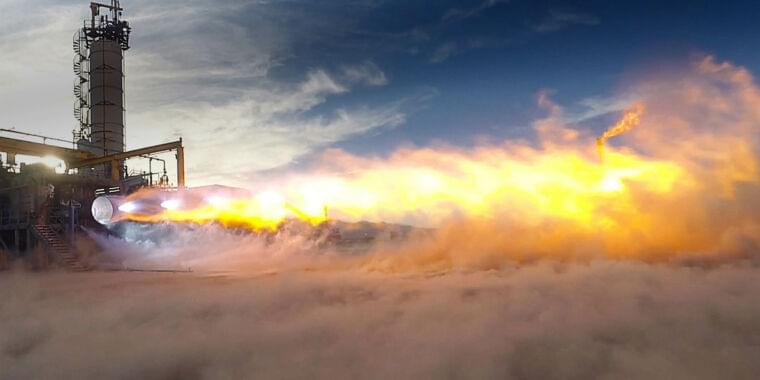Interesting ArsTechnica article on the delay of the BE-4 engine from Blue Origin. It brings up a point many outside the actual industry miss in that Blue Origin has to meet more stringent and complicated regulatory and certification standards that SpaceX does since they are actually producing engines for sale rather than company use. Since SpaceX only provides ‘services’ rather than ‘products’ (they have no plans for every selling Merlin’s, Raptor’s or any other item they produce including the “mini-Raptor” the Air Force actually paid them to produce) they don’t have to meet or even consider most of the requirements that Blue Origin has had to in order to produce the BE-4.
After these tests, a fully assembled flight engine no. 1 will be shipped to Texas to undergo a fairly brief round of tests, known as acceptance testing. If this engine passes, as expected, it will be shipped to ULA. Then a virtually identical BE-4 engine will be sent from Kent to Texas. This “qual” engine will undergo a much more rigorous series of tests, known as qualification testing. The idea is to push the engine through its paces to find any flaws. Then a similar process will follow with flight engine no. 2 followed by a second “qual” engine.
The risk is that ULA will receive the flight engines before the full qualification testing is complete. This qualification work on Blue Origin’s test stands will be occurring even as ULA integrates the engines with its first Vulcan rocket for testing and ultimately a launch during the second half of 2022. So if Blue Origin finds a last-minute issue with the BE-4 engine, ULA may have to unwind its work on final Vulcan development.
“This is a success oriented approach, but it could definitely backfire,” one source told Ars.
